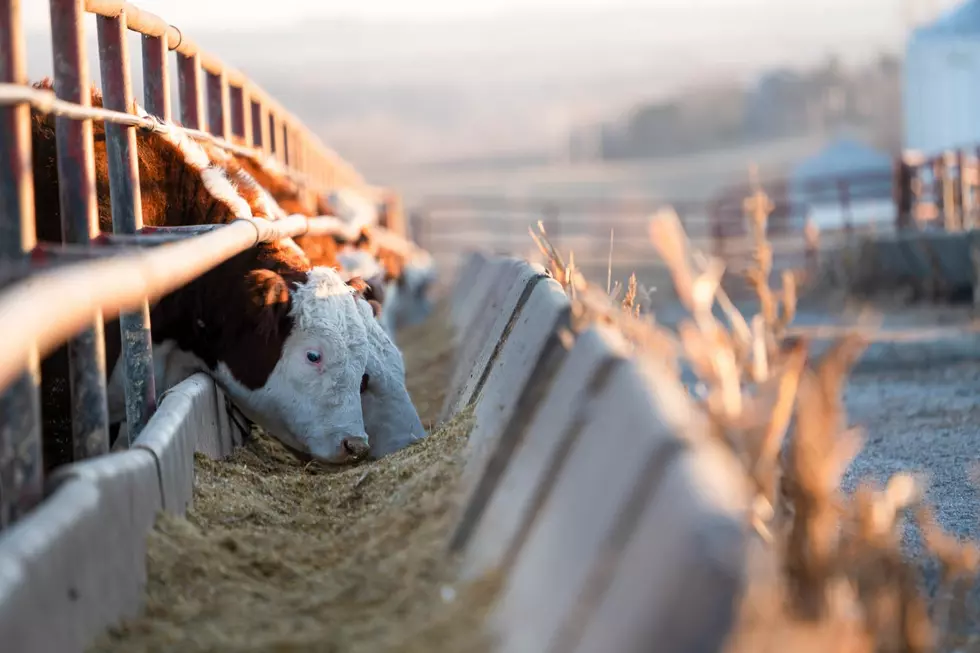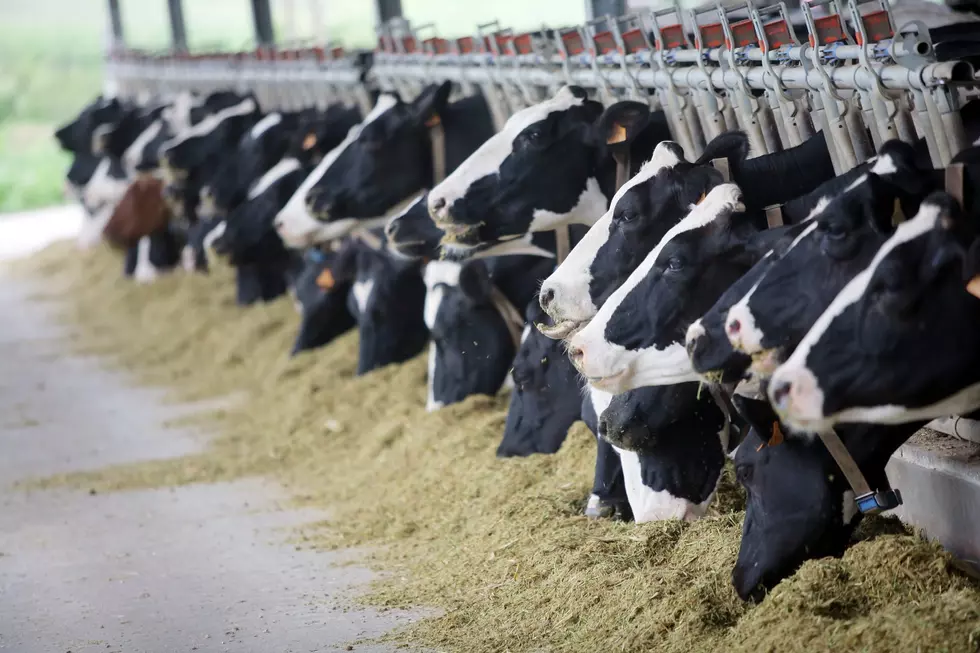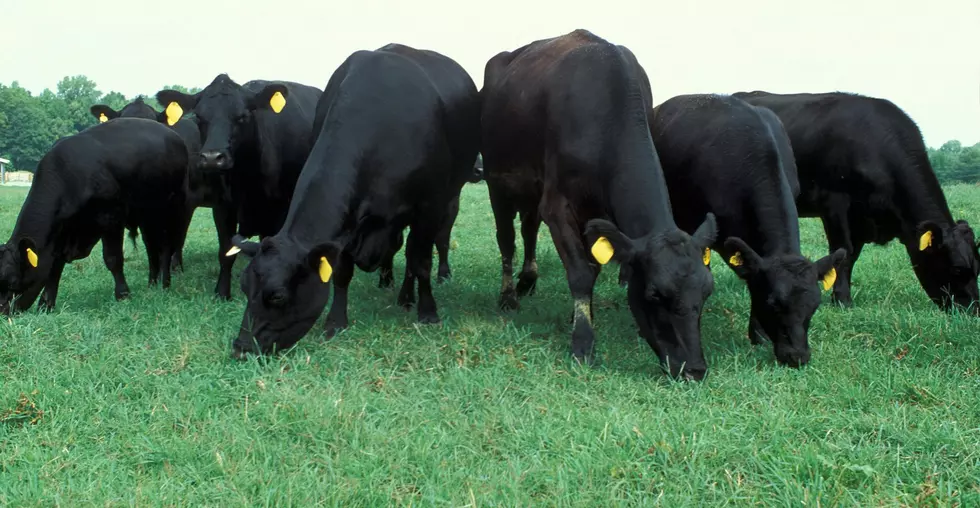
Better Genetics For Better Cattle
Better genetics are quickly becoming the hero to developing sustainable, efficient cattle herds. For instance, ten years ago, the American Hereford Association began using an evolved version of conventional EPDs called “Genomic-Enhanced EPDs” to aid in better cattle breeding decisions. As cattle producers seek reliable genetics to improve efficiency and carcass quality, animals with genomic information provide opportunities to reach goals at a faster pace.
GE-EDPs—The American Hereford Association recently reached a milestone of ten years for using them in its genetic evaluation. By blending conventional E-P-Ds with genomic data gathered from DNA-testing, GE-EPDs have a significantly higher success rate in predicting progeny performance.
"Commercial producers, they're buying a well-rounded bull that has a lot of the guesswork taken out of it," said Shane Bedwell is the director of breed improvement for the American Hereford Association. "The amount of breed improvement those commercial producers can make in buying a bull that has all the data captured at an early stage in life, they have a great leg up. The likely change and possible change of a young sire becomes minimized drastically when you’re buying a bull that has all the phenotypic data and the genomic data included in its EPD.”
Commercial cattlemen who buy Hereford bulls with GE-EPDs, or producers who request cattle to be genotyped, will mitigate future risk in their breeding programs. The more genomic information they have, the more accurate genetic predictions and expressed phenotypes become. The accuracy of GE-EPDs on unproven animals are equal to 20 progeny record, on average, depending on the trait.
“When our producers request an animal to be genotyped, they get lots of information," noted Jack Ward, American Hereford Association Executive Vice President. "So, they get a parent verification, they get all the genetic abnormalities tested for, and then we produce a genotype that's used in the evaluation to help predict the EPDs and make them more reliable.”
It makes sense that the American Hereford Association is a genomic leader. The association was one of the first beef breed associations to develop and market genomic predictions. Once that happened, Hereford breeders saw the impressive improvements, and applied the technology to their herds. Since then, the Baldy maternal index increased 43%, the Brahman influence index increased 55%, and the Certified Hereford Beef index increased ten. But ten years is only the beginning for the for the association’s genomic-enhanced EPDs. Ward expects there to be more EPDs added in the future that can help the breed, and its producers, lead to advancements in selecting for sustainable genetics in the beef industry.
“You talk about this sustainability, this effect on the environment. I believe there’s either going to be a trait in terms of an economic index or some sort of an EPD that can help us predict those genetics that are less harmful to the environment or have a better effect, and I think the sky’s the limit here on what we might do. But I don’t think it’s stopping, we’re going to continue to grow it."
Visit Hereford.org to learn more about Hereford GE-EPDs.
If you have a story idea for the PNW Ag Network, call (509) 547-1618, or e-mail glenn.vaagen@townsquaremedia.com
More From PNW Ag Network








